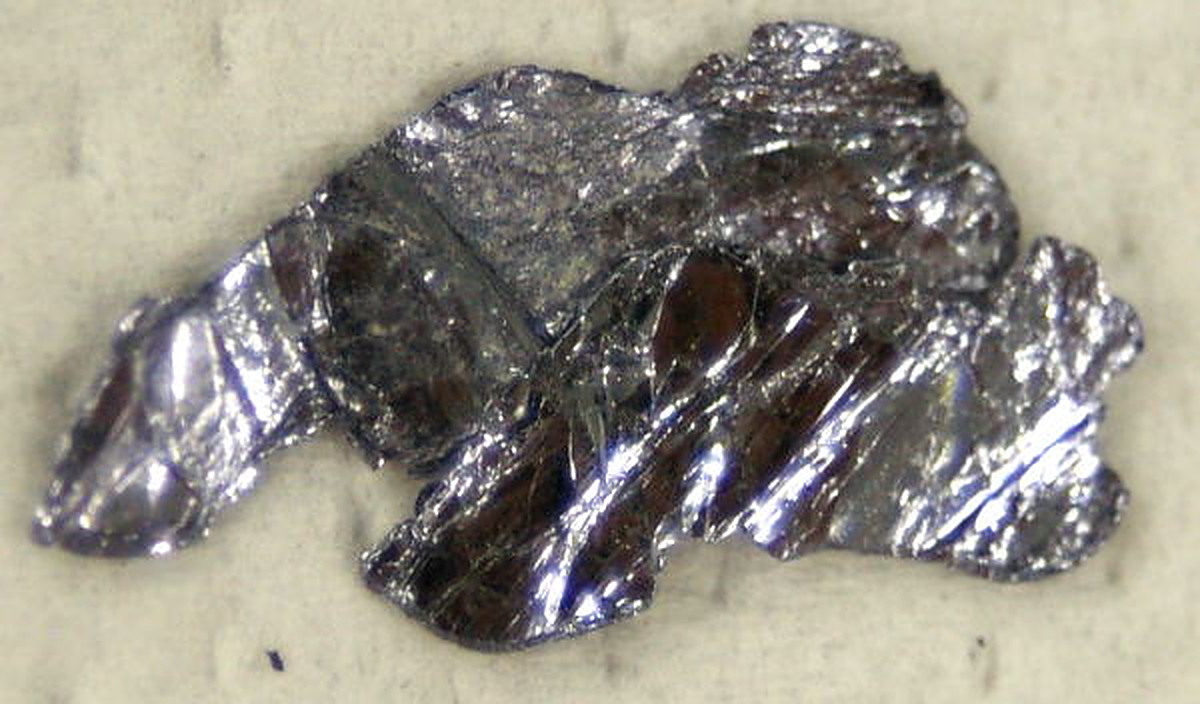Shanghai University researchers have discovered that molybdenum doping enhances the electrocatalytic performance of nickel-cobalt phosphide catalysts for hydrogen production in alkaline media. They used a gradient hydrothermal process, synthesizing molybdenum and the catalyst at different temperatures to form a microsphere structure. Yufeng Zhao, a Shanghai University professor, said that the nanoneedles in the structure provide abundant active sites for efficient electron transfer, leading to enhanced hydrogen bubble release. Their study, published in Nano Research, says that molybdenum reduces the interaction between nickel-cobalt phosphide and intermediates, resulting in improved hydrogen evolution performance. The researchers said that this discovery could have applications in large-scale hydrogen production.
Indian Institute of Science Education and Research (IISER) scientists have developed a novel method for producing molecular hydrogen from dehydrogenating feedstock chemicals, such as methanol. They said that they used a commercially available ruthenium complex as a catalyst under mild conditions to generate hydrogen via a clean chemical dehydrogenation reaction. The researchers plan to use the hydrogen to make highly value-added chemicals and pharmaceuticals.
APEX Group has entered into an agreement to purchase three plots of land in Lubmin from EWN Entsorgungswerk für Nuklearanlagen, with the aim of installing up to 600 MW of electrolyzer capacity. The first construction stage is scheduled for completion in 2027. APEX will be responsible for constructing the plants and will subsequently operate them as the owner. The 100% subsidiary of exceet Group stated that there are ongoing discussions with other interested parties at the site to jointly develop the required infrastructure for electricity and water supply, as well as wastewater disposal. During the final construction phase, the plant is expected to produce up to 43,000 metric tons of hydrogen annually, utilizing renewable electricity sourced from northern Germany.
Popular content
RWE has entered into a contract with a consortium comprised of Ansaldo Energia from Italy and Técnicas Reunidas from Spain to construct a hydrogen-ready combined cycle power plant. The plant is planned to have a capacity of 800 MW and an efficiency of 62% and will be situated on RWE's existing site in Weisweiler, near Cologne, Germany. The final investment decision for the project is contingent upon the completion of the regulatory framework in Germany, expected by 2025. As part of their preparation, the companies will commence the permitting processes immediately, aiming to begin electricity production by the end of the decade once the appropriate framework conditions in Germany are established. Ansaldo Energia said that the plant could start producing electricity by the end of the decade.
Stellantis, a Dutch automotive company, has finalized its acquisition of a 33.3% stake in Symbio, a zero-emission hydrogen mobility company. It joins Forvia and Michelin as equal shareholders. Stellantis said that the partnership will accelerate Symbio's development in Europe and the United States.
This content is protected by copyright and may not be reused. If you want to cooperate with us and would like to reuse some of our content, please contact: editors@pv-magazine.com.


1 comment
By submitting this form you agree to pv magazine using your data for the purposes of publishing your comment.
Your personal data will only be disclosed or otherwise transmitted to third parties for the purposes of spam filtering or if this is necessary for technical maintenance of the website. Any other transfer to third parties will not take place unless this is justified on the basis of applicable data protection regulations or if pv magazine is legally obliged to do so.
You may revoke this consent at any time with effect for the future, in which case your personal data will be deleted immediately. Otherwise, your data will be deleted if pv magazine has processed your request or the purpose of data storage is fulfilled.
Further information on data privacy can be found in our Data Protection Policy.